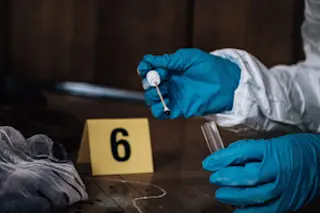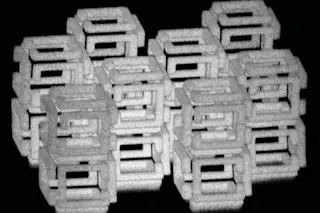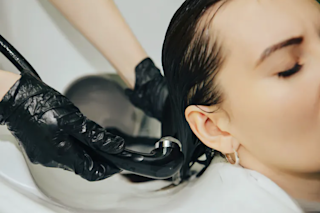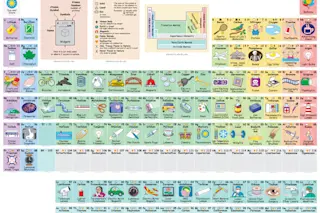Crack open an oyster shell and the inner face shimmers in a rainbow of kaleidoscopic colors. This smooth material, known as mother-of-pearl, is beautiful and resilient — so resilient that it has inspired the creation of virtually shatterproof glass.
“Our bioinspired glass is 2-3 times more impact resistant than laminated glass and tempered glass — the ‘standards’ for impact-resistant transparent materials,” says McGill University engineer Francois Barthelat, who led the new research.
Glass is an amazing material. It’s see-through, durable and doesn’t degrade in the face of heat or chemicals. But it does have an Achilles’ heel: sharp impacts. What might seem like the smallest bonk can shatter glass.
Tempered glass helps protect against minor bumps and dings. The material is compressed at its surface, which helps to prevent cracks from forming. When it does crack, however, the entire material fails and the glass explodes. Laminated glass — where a ...














